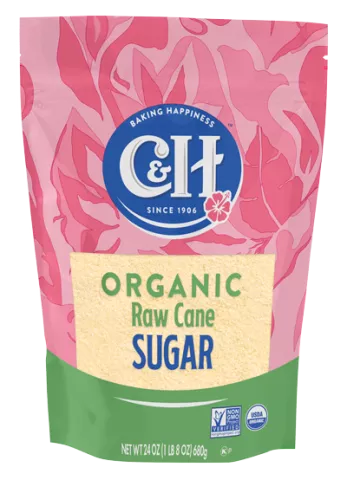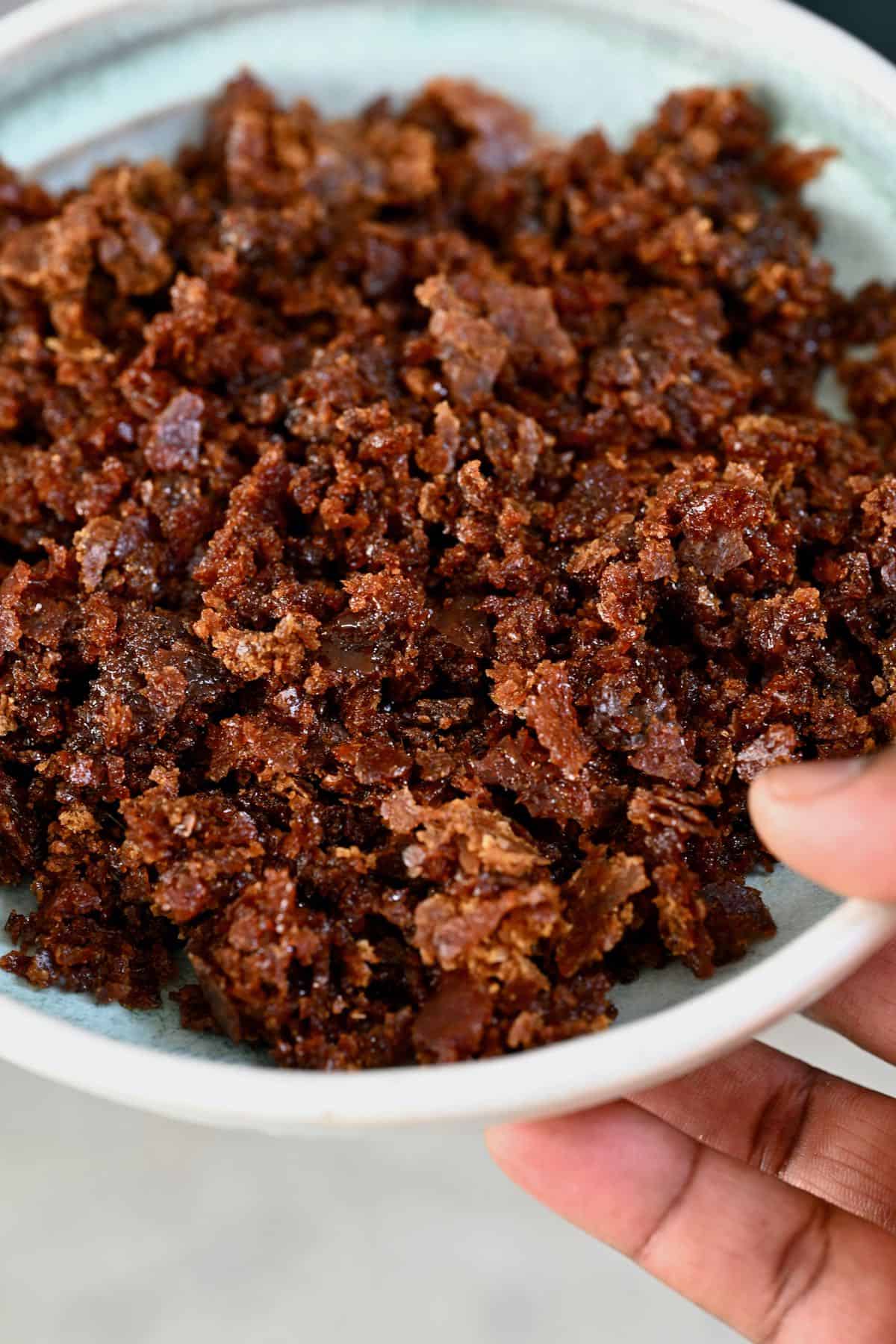Cane Sugar Processing: Ingenious Methods for High Quality Manufacturing
Cane Sugar Processing: Ingenious Methods for High Quality Manufacturing
Blog Article
Discovering the Comprehensive Steps Involved in Walking Cane Sugar Processing From Collecting to Refinement
The procedure of walking stick sugar manufacturing includes a collection of complex steps, starting with the careful harvesting of sugarcane and culminating in the improvement stages that make certain the end product satisfies industry criteria. Each phase, from the removal of juice to the purification and formation processes, plays an essential duty in figuring out the quality and personality of the sugar. Comprehending these phases not just highlights the intricacy of sugar manufacturing however additionally raises essential concerns regarding performance, sustainability, and advancement in the sector. What implications do these variables have for future methods?
Harvesting Sugarcane
Harvesting sugarcane is an essential action in the cane sugar processing chain, as it straight affects the top quality and return of the last product. Proper timing and methods are necessary throughout this phase to guarantee ideal sugar material and decrease losses. Commonly, sugarcane is harvested when it reaches maturity, normally 12 to 18 months after growing, defined by a high sucrose focus.

Post-harvest, the sugarcane should be processed quickly to prevent sucrose deterioration. Preferably, harvested cane ought to be carried to processing centers within 24-hour to protect sugar quality. For that reason, effective logistical preparation is vital to preserve the integrity of the collected crop throughout the supply chain.
Extraction Refine

The crushed cane is subjected to a series of pushing procedures to maximize juice recuperation. Usually, warm water is splashed onto the smashed cane, creating a countercurrent flow that helps dissolve the sugar while also aiding in the extraction process. The juice gathered from this operation includes not just sugar yet also numerous natural substances and contaminations.

To improve extraction performance, some centers may employ diffusion techniques, where the sugarcane is soaked in warm water, enabling the soluble sugars to diffuse into the fluid. The resulting juice, rich in sucrose, is then routed to subsequent processing stages, laying the structure for filtration and improvement. The removal procedure is therefore essential in establishing the top quality and return of the last sugar item.
Purification Techniques
The purification techniques employed in walking cane sugar handling are essential for changing the raw juice right into a high-grade sugar item. These techniques mostly aim to eliminate pollutants, such as soil, plant products, and not natural compounds, which can negatively affect the final item's flavor and color.
Among one of the most typical filtration techniques is clarification. This procedure includes adding lime and warmth to the raw juice, which promotes the coagulation of pollutants. The resulting precipitate is then gotten rid of with sedimentation or filtering, yielding a more clear juice. Furthermore, the use of phosphoric acid can enhance the explanation process by further binding contaminations.
One more considerable method is carbonatation, where co2 is presented to the made clear juice. This response generates calcium carbonate, which records continuing to be contaminations and advertises their elimination.
In addition, turned on carbon therapy may be put on adsorb any kind of staying colorants and natural pollutants, making certain a more refined product. The mix of these approaches properly prepares the sugar juice for subsequent actions in the refining procedure, setting the stage for the manufacturing of top notch cane sugar.
Condensation Approaches
After the purification phase, the following critical action in walking cane sugar handling includes formation methods, which play an essential role in transforming the cleared up juice into strong sugar. This process normally utilizes two main approaches: why not find out more spontaneous condensation and controlled condensation.
In spontaneous condensation, supersaturated sugar remedies are enabled to cool normally, resulting in the development of sugar crystals gradually. This method is less complex however may result in irregular crystal dimensions and reduced pureness degrees. On the various other hand, controlled crystallization is a more accurate method where focus, seeding, and temperature level representatives are meticulously taken care of. This approach permits the uniform development of sugar crystals and greater pureness.
During condensation, the cleared up juice is concentrated with evaporation, enhancing its sugar material until it reaches supersaturation. When this point is attained, either approach can facilitate the condensation process. Cane Sugar Processing. The resultant sugar crystals are then divided from the staying syrup through centrifugation
Inevitably, the selection of condensation method influences the high quality, size, and pureness of the last sugar product, making this action crucial in the total walking cane sugar handling procedure.
Refinement and Product Packaging
Just how can the purity and high quality of walking stick sugar be even more boosted after crystallization? The refinement process plays a vital role in achieving top quality cane sugar. Complying with formation, sugar undergoes an extensive washing to get rid of pollutants and residual molasses. This is typically completed using cozy water or heavy steam, which aids dissolve and remove undesirable elements while protecting the sugar crystals.
Following, the sugar is subjected to a process called centrifugation, where it is rotated at high speeds to separate the detoxified sugar crystals from the remaining liquid. After centrifugation, the sugar is usually further improved through a technique called carbonization or phosphatation, which makes use of activated carbon or phosphoric acid to get rid of shade and off-flavors.
Once fine-tuned, the sugar is dried out to achieve the preferred moisture material, guaranteeing that it continues to be stable during storage and transportation. The final action entails product packaging the polished sugar in moisture-proof and airtight containers to preserve its top quality and protect against contamination. Cane Sugar Processing. Proper product packaging not only expands service life yet likewise helps with very easy handling and circulation, ensuring that consumers receive sugar that meets the highest standards of purity and quality
Conclusion
The extensive steps associated with cane sugar processing, from the meticulous harvesting of sugarcane to the intricate refinement and product packaging phases, emphasize the relevance of each stage in making sure high-grade sugar manufacturing. Optimum harvesting strategies, reliable removal methods, and rigorous purification procedures jointly add to the last item's pureness and security. The formation and succeeding product packaging methods better boost the honesty and service life of the sugar, highlighting the intricacy and accuracy inherent in this vital farming sector.
The procedure of walking cane sugar manufacturing incorporates a series of intricate actions, starting with the mindful harvesting of sugarcane and finishing in the refinement stages that guarantee the last product meets sector standards. Preferably, Source gathered walking stick should be transported to refining facilities within 24 hours to protect sugar quality.In spontaneous formation, supersaturated sugar options are allowed to cool down naturally, leading to the development of sugar crystals over time - Cane Sugar Processing. The refinement procedure plays a vital function in attaining high-quality cane sugar.The thorough actions involved in walking cane sugar handling, from the careful harvesting of sugarcane to the elaborate refinement and packaging phases, underscore the relevance of Related Site each stage in guaranteeing high-grade sugar production
Report this page